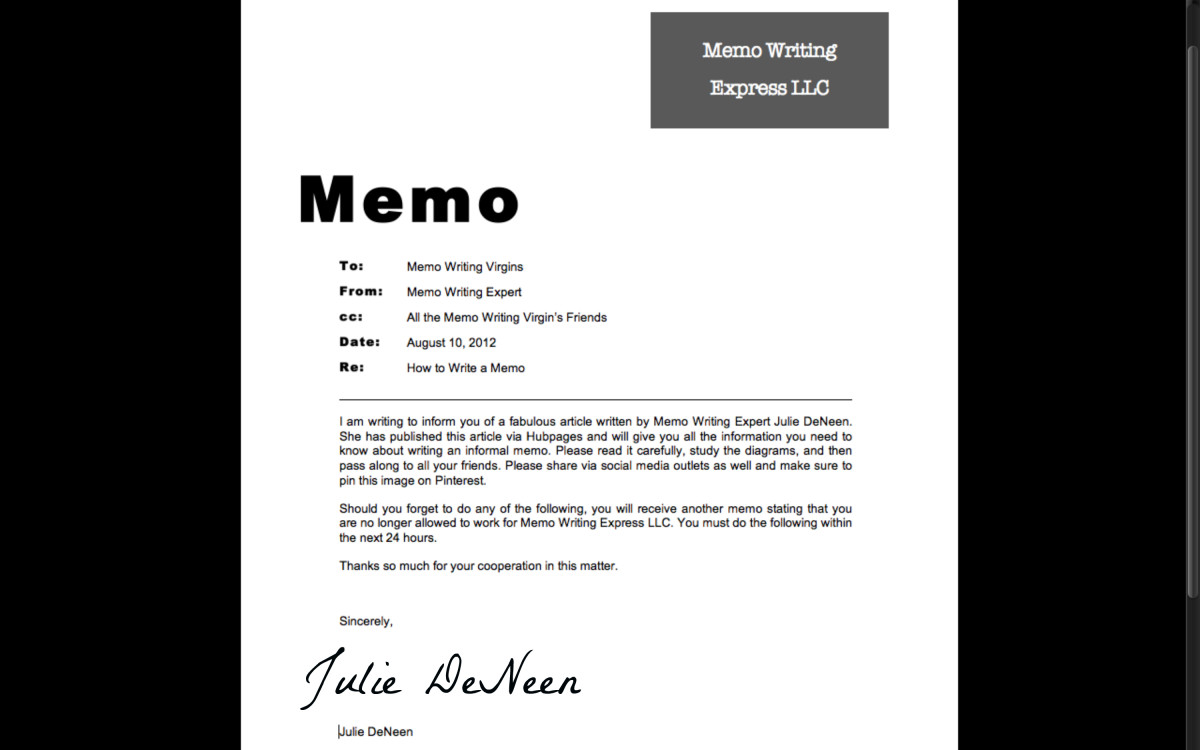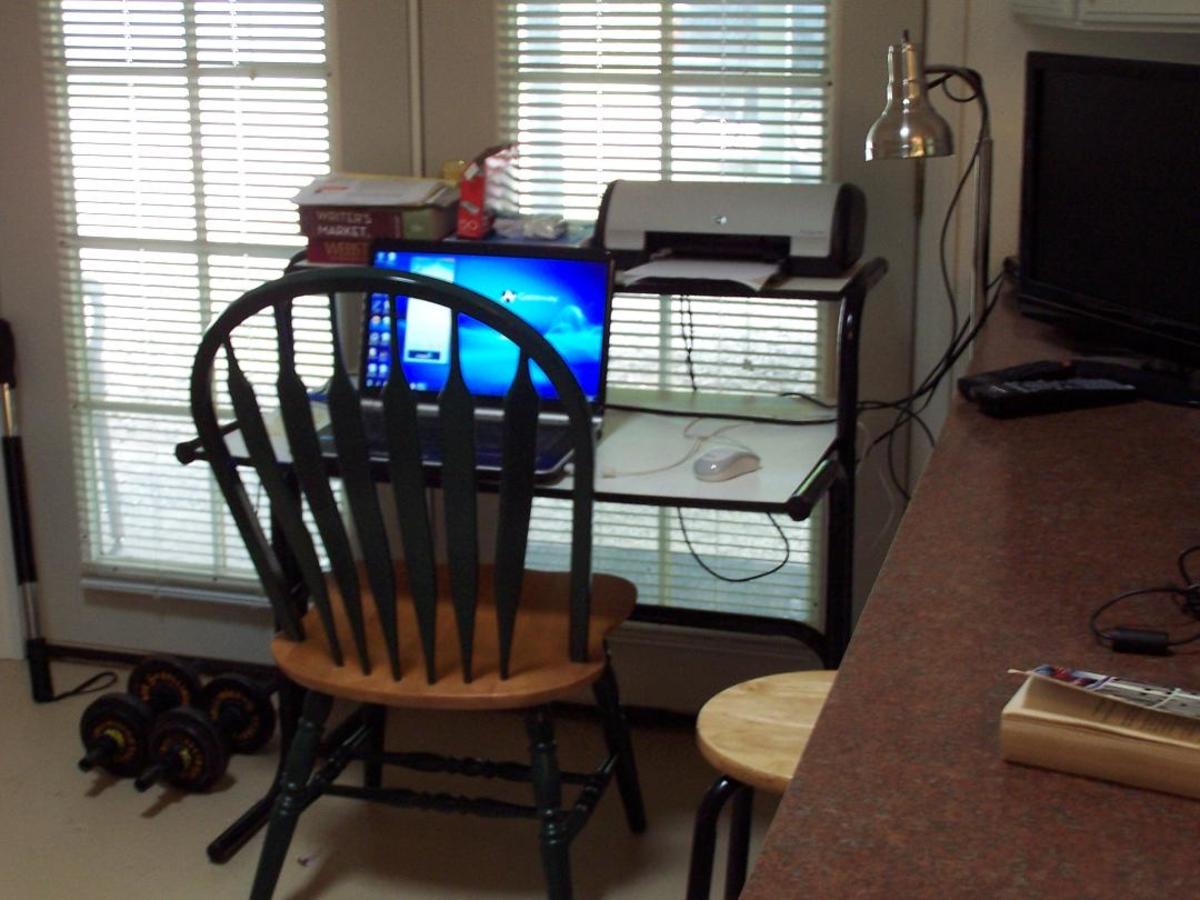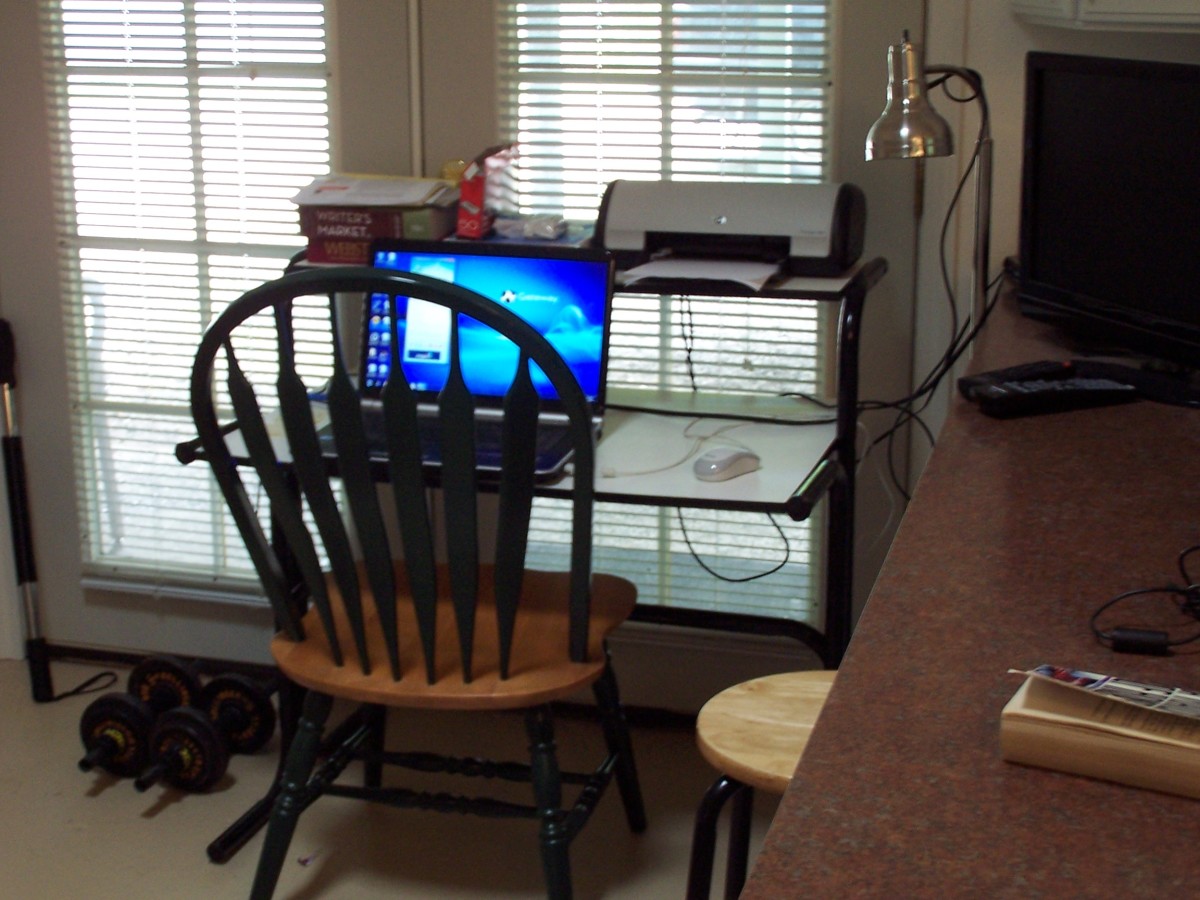How to Get Great Creative Ideas
The story goes that Sir Isaac Newton sat under an apple tree and hit upon the idea of a gravitational force when he noticed an apple fall. An idea so simple, yet before him, very few people might have contemplated a force that keeps all things from flying out of the atmosphere.
In a falling apple, Sir Isaac Newton found the solution he was looking for. Getting new ideas is much like coming up with solutions to problems. The ability to find a unique and original solution to a problem is what sets humans apart. Ever since we learnt to control fire, our progress has depended on creative problem solving.
One might think that for the ‘gifted’ few, ideas just fall into their laps. However, every creative person follows a process, consciously or subconsciously, to come up with unique and original ideas, which in some sense are simply creative solutions to existing problems. I want to argue that anyone can be creative; they just have to find their own process.
Here’s a process that works for me.
How to Get Great Ideas

BE SPECIFIC
Be very specific. To find a solution, you need to be clear about the problem.
Shape the “problem” in the form of a ‘key question’ and write it down. Open-ended questions don’t work. Read the key question every chance you get. Remind yourself over and over again about the “problem.”
If you don’t know what you are looking for, a falling apple will be just that and nothing more.
EXAMIN THE DOMAIN
Your chance of coming up with a breakthrough idea increases when you study, in great detail, the ‘domain’ that you are working under. This is fairly straightforward. If you are looking for a story idea, familiarize yourself with the best stories of all times. If you want to come up with a killer app, look up apps that people have liked and try to figure out what is it about them that works.
Immerse yourself in the field.
START PLAYING
The next step to come up with great ideas is to play with your thoughts. So get an idea journal and begin playing. At this stage don’t be too judgmental of the ideas you come up with. You may rate them but record every idea that comes to you. Don’t Judge; you can save that for later. Keep your “problem” or key question in mind and just go for quantity.
Some of the following games may not relate directly to the type of ideas that you are trying to come up with and some may work better than others but just playing them will exercise the creative part of your brain.
The What If Game: Best way to start playing around to look for great ideas is to simply ask ‘what if…?’ and jot down the answers that come to your mind.
Mind the Map Game: Use mind-mapping software or draw a mind map on paper. Write a question in the middle. Follow it up with writing three possible answers that pop up in association to the first word. Think of this as a one person brainstorming session. Take a look at the map and see how it relates to your question.
Association the Word Game: Write a word and follow it up with other words that pop up in association with the first word. Continue this process. You can also write words that rhyme with the previous words. Take a look at the list of words and see if they offer any solutions to your key question.
The Mash it Up Game: In this game, take two random things and try to come up with an entirely new thing, which has features of both. This is a great exercise to work out your creative muscle.
Storm the Brain Game: Bounce your ideas with others. This is a very powerful game. Another individual brings to the table a whole new perspective, a new set of unique life experiences, and a different set of knowledge that can shine a spotlight on your mind’s blind spots and offer solutions that you might have never even considered.
The Minus One Game: Change only one aspect of any thing, object, person or idea to come up with a new thing, object, person or idea. By doing so, you might just come up with a whole new idea.
GET DISTANCE
Go for a walk. Watch a movie. Play tennis. In short, do anything but think of your ‘problem’ or key question. This is the incubate phase of the process. If you are to get an a-ha! moment, it will most likely sneak up to you during this period. But if you don’t, don’t worry. This doesn’t always happen.
EVALUATE
Go through the list of solutions that you have come up with and start rating them. This is the time to be rational and critical. Discard ideas that may not be practical and don’t be attached to any idea. Hopefully by now you have an idea or solution to your problem. At the very least, you will have a working solution that can be improved upon by going through the process again.










